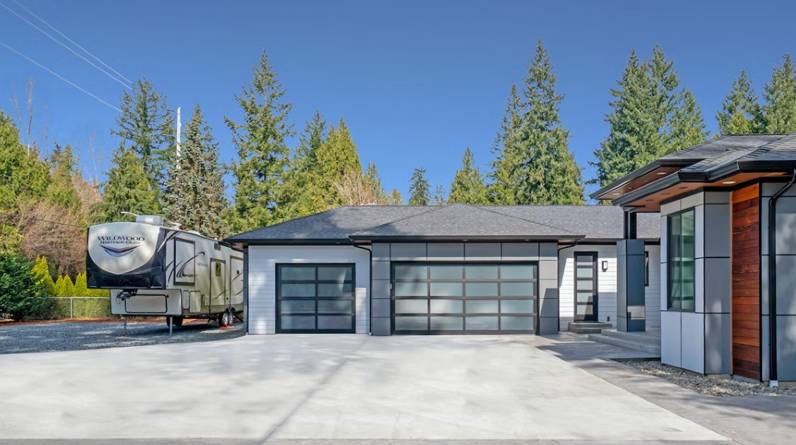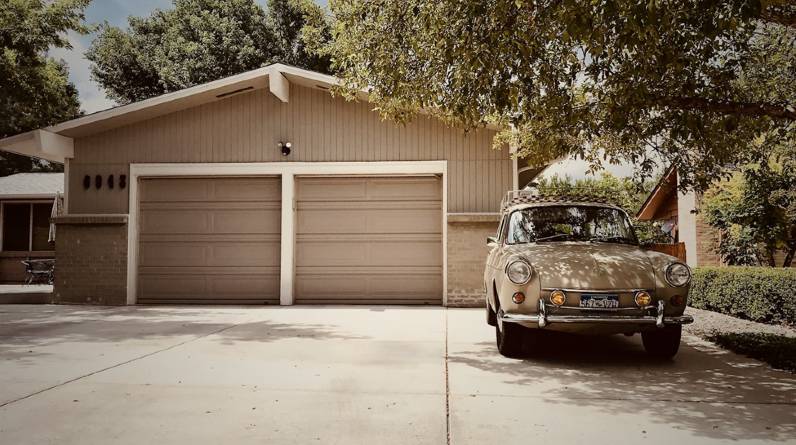Are you thinking about constructing a garage or detached structure on your property? There are multiple financing options available, including cash, credit cards, home equity loans and personal loans.
Before determining which financing option is ideal for you, it’s essential to be clear about your objectives. Doing this can help determine the most cost-effective method of finishing your build and prevent costly missteps along the way. However, there is a lot of information to pore over, so let’s get started…
Personal Loans
If you need to finance a garage or detached structure, personal loans could be your ideal solution. These loans offer flexible terms and can be used for almost any purpose – from debt consolidation to paying off medical bills.
Personal loan offers can be found online, but it’s essential to shop around for the best rates and terms. Lenders base their interest rates off of various factors like your credit score and income level; if your credit is good, then you might qualify for lower rates.
The amount and repayment term of your loan will determine how much interest you pay. A longer term means lower monthly payments but ultimately more fees at the end.
Some lenders charge origination fees on personal loans, which cover application costs, underwriting costs, funding and other related services. On average this fee ranges from 1% to 8% of the loan amount.
Secured personal loans require you to put something of value down as collateral, such as your auto title or money in a bank account. This reduces the risk for lenders and makes it easier to qualify with a low credit score.
Another way to finance your project is with a home equity loan or line of credit (HELOC). These products are popular among consumers who want to undertake remodeling projects but don’t need to use their homes as collateral.
The interest rate on a home equity loan or HELOC will be determined by the equity you have in your house and fluctuate according to lender market conditions. You may also have an annual percentage rate (APR) charged by the lender.
Many lenders will also review your income, expenses and other financial data before approving a personal loan. These reviews can help you plan how to budget for your project. Some even allow you to apply online so that funds are disbursed within a few business days.

Credit Cards
Financing your garage or detached structure with a credit card is one of the simplest methods available. Credit cards work like any other bank loan, where you borrow money from the issuer and use it for purchases until the balance is cleared. If you don’t pay off the entire owed amount by the end of each billing cycle, interest will be applied to what’s owed.
When borrowing on a credit card, the interest rate you’ll pay depends on several factors including your credit score, market rates and history. If you use the card for financing an expensive garage or other major purchase like furniture or appliances, be sure to pay off the balance in full each month so as not to accrue high-interest charges that could negatively impact your finances over time.
As stated before, another way to finance your garage is with a home equity line of credit (HELOC). HELOC credit cards work similarly to other credit cards in that they give you access to an amount based on the equity in your house. Generally, interest rates on HELOCs are lower than with credit cards and you typically have 10 years to repay any balance owed.
Depending on the size of your garage, construction could cost thousands of dollars. This includes permits and materials such as roofing, framing and siding – plus labor costs. With such a lengthy process involved in finishing construction, it’s essential to budget accordingly.

Home Equity Loans
Adding a garage or other detached structure can increase the value of your home and provide extra living space. However, if you don’t have enough cash for construction costs alone, financing may be an option.
One way to finance your garage is through a home equity loan. This type of loan is secured by your home and requires credit verification in order to determine if you can afford it.
If your credit score and home equity are strong, a home equity loan with lower interest rate than other types of loans may be available to you. Lenders take into account employment history, income level, debt-to-income ratio (DTI), credit history and more when deciding if you qualify for such a loan.
Many people utilize a home equity loan to purchase an existing home, renovate their current property or construct a brand-new structure. Some lenders also provide their own versions of a Home Equity Lines of Credit, providing you with access to funds you can use as needed for up to 10 years.
Interest paid on a HELOC may be tax deductible; consult with your tax advisor for specifics on how to take advantage of these advantages.
Home equity loans allow you to borrow up to 80% of your home’s equity, with the option to take out a second mortgage for any remaining portion. The interest rate on these loans tends to be lower than garasjelån or other forms of credit. Also, it may even be tax deductible if the total amount lent does not exceed $750,000 for single filers or $375,000 married couples filing jointly.
When applying for a home equity loan, you’ll need to complete an application form and supply financial information. After being approved, you will receive the funds and can begin making payments. In order to find the most advantageous rate and repayment terms, it’s wise to shop around with several lenders first.

Cash-Out Mortgage Refinance
A cash-out refinance is a mortgage that allows you to borrow more money than what you currently owe on your home. This money will be released in one lump sum once all mortgage payments have been made along with any prepaid expenses like real estate taxes and insurance.
This loan typically has a higher interest rate than traditional mortgages, but it’s ideal for homeowners who plan to finance an expensive project that will increase their home’s value. It can be used to consolidate multiple debts – including high-interest credit cards – into one single loan with lower monthly payments.
If you’re looking to build a garage, add on an extra room or remodel your current structure, cash-out refinancing may be the way to go. But be sure to factor in all costs associated with this decision and how it will affect your overall home loan.
When applying for a cash-out refinance, the lender uses your loan-to-value ratio to determine how much equity can be taken out and what rates and fees apply. Generally speaking, you cannot take out more than 80% of your home’s value with this method.
Cash-out refinancing can be used for many purposes, but many people opt to take advantage of their home equity through a mortgage because it provides several advantages. Not only does it offer reduced interest rates and lower monthly payments, but many mortgages also give tax benefits when you make improvements that increase the value of your house such as adding on an extra bathroom or kitchen.
Additionally, cash-out refinances can be an excellent solution to consolidate debt that has become out of control, such as a stack of maxed out credit cards. Paying off these high-interest loans with your refinance cash can save you thousands in interest costs.
When considering using a cash-out refinance to fund your garage or detached structure, it’s wise to consult a financial expert first who can advise on the most advantageous use of the funds and maximize any benefits that arise. Consult with your accountant about potential deductions such as interest and property tax deductions that may be affected by what projects you use the funds for.



